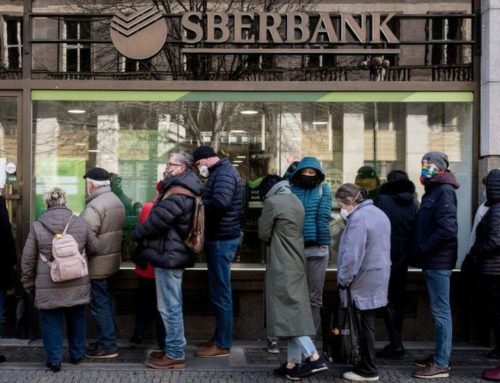The Governor Andrew Bailey and the external member Michael Saunders have joined the Chief economist Huw Pill in stating that, in their opinion, the UK base rate needs to increase ‘significantly sooner’ than was previously expected to combat the effect of inflation.
The Bank of England Monetary Policy Committee (MPC) is made up of nine members, the Governor, the three Deputy Governors (Monetary Policy, Financial Stability and Markets and Banking), the Chief Economist and four external members appointed directly by the Chancellor, and it is responsible for making decisions about the Bank Rate.
The next MPC meeting is on the 4th of November when the latest Monetary Policy Report will also be released, and the odds of a rate increase are shortening. Currently, the probability of a rise is:
48% probability of 10 bp increase to 0.25%
28% probability of 25bp increase to 0.35%
The futures market is also predicting a further increase by June 2022 and another by year end.
The increased probability of rate hikes comes at an interesting time. LIBORS have been the benchmark for pricing adjustable-rate consumer financial products (mostly loans and mortgages) for decades and they have also the reference point for pricing the value of money.
They are due however, to be phased out at the end of 2021 to be replaced by new risk-free rates. The risk-free rate for GBP will be the Sterling Overnight Index Average (SONIA) which is calculated by the Bank of England and based on the average of the interest rate that banks pay to borrow sterling overnight from other financial institutions and institutional investors.
The difficulty for depositors going forward, will be that the new risk-free rate curve will be calculated by compounding SONIA’s from a previous period, and will not consider a forward-looking view on where interest rates are heading. There is also no credit spread that will be available as the credit involved with overnight lending is not the same as the credit involved in a time deposit.
The result of the change from LIBORS to RFR’s will be more opaque pricing from banks. Without a reference rate that reflects where trades are occurring in the market, banks will be free to price depending on the customer type and demand at the point of pricing.
This could lead to a much broader spread of prices and clients possibly losing out.
In the last 18 months, markets have witnessed the possibility of negative rates being introduced in the UK and subsequently the short (overnight to one year) interest rate curve flattened dramatically. Currently we are seeing a re-steepening of the curve where 1-year deposits have risen from 0.08% at the beginning of 2021 to the current level of 0.52%.
When base rates start to increase the effect will be even more pronounced with 1-year rates expected to exceed 1.00%.
Utilising the experience of a specialist company who monitors the rates between banks has never been more appealing.


